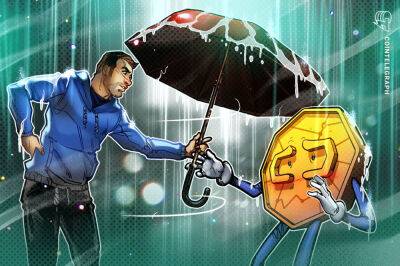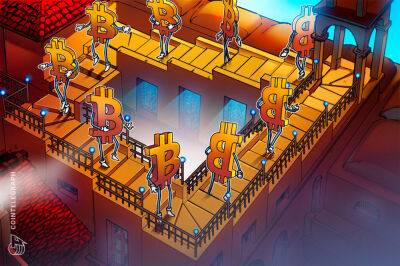Bitcoin stands apart from other crypto, and what that means for US public policy
United States President Joe Biden’s executive order on digital assets has kickstarted an interagency mission to support financial innovation while protecting American consumers and interests. While many industry leaders welcome the constructive tone, some critics hope for a crackdown. We don’t blame them.
Many cryptocurrency projects operate behind thin veils of decentralization. In public, they’re sold on the premise that they distribute power. Behind the curtains, leaders pull the strings. In the recent case of Wonderland, a serial scammer and felon directed a $1 billion treasury.
Many projects secretly pay influencers to shill their tokens. The price pumps. Insiders dump. Naive investors lose money. Sometimes, the shillers are celebrities. And, sometimes, those celebrities leak the surprisingly low cost of their integrity.
Related: Year of sponsorships: Celebrities who embraced crypto in 2021
Hundreds of projects suffer technical vulnerabilities. Seemingly every week, hackers exploit hidden software bugs. The third-largest ever occurred in early February, with $326 million — gone. And then in late March, another $600 million — poof.
Many cryptocurrencies are blatant scams — some, proudly pyramid-shaped. Market participants treat these as facts of life, with oft-used terms for exit scams (“rug pulls”) and pyramid-shaped projects (“Ponzis”).
To most, cryptocurrencies look the same, like tomatoes pasted in Aisle 9 — only tasteless, useless, and more numerous. The cynical see the menu of cryptocurrencies as a proxy most-wanted list. Neither group is entirely wrong.
Yet one item on the menu stands apart. It is arguably one of the more important technological advances since the internet, itself. Buy it or not, we don’t care. But
Read more on cointelegraph.com












![Bitcoin [BTC] options expiry and its anomaly that you should know about](https://finance-news.co/storage/thumbs_400/img/2022/5/27/27424_t8ql.jpg)










